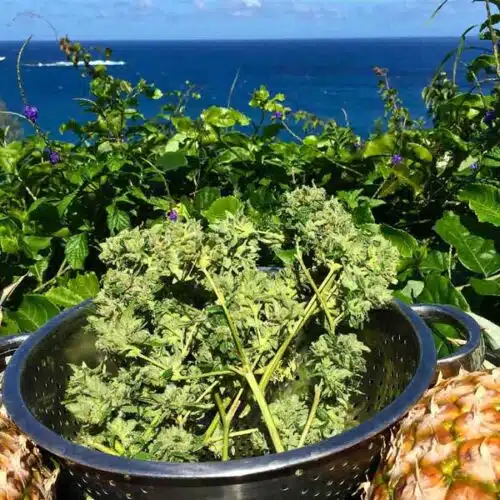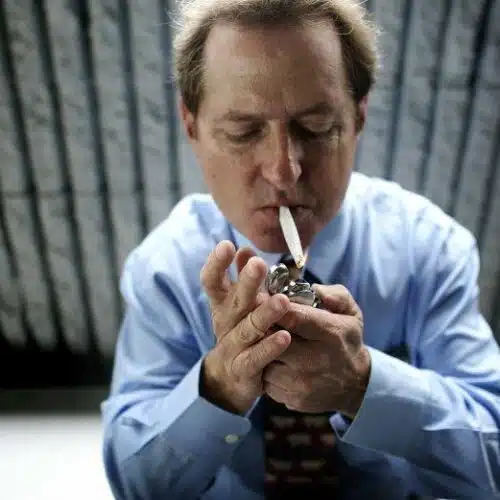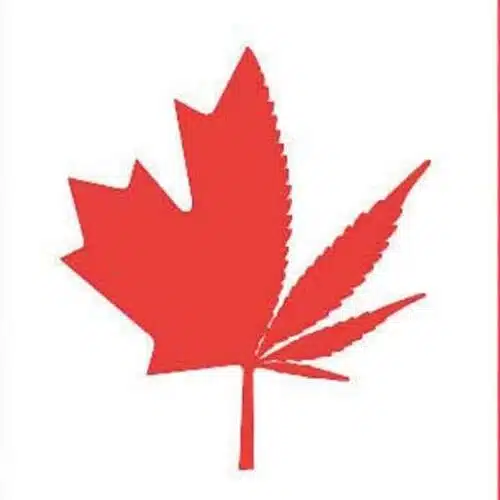Marijuana use has been a dicey subject for Olympic athletes in the past. Back in 2009, Michael Phelps acknowledged a photo of him using a bong was real, and he was suspended from competition for three months. On top of that, he lost a lucrative sponsorship from Kellogg’s. Now, eight years after Phelps won big with eight gold medals in Beijing, he, along thousands more athletes, will head to Rio de Janeiro, Brazil, for the Summer Olympics.
Over the intervening years, marijuana has been decriminalized in jurisdictions around the world. But what about for Olympians? Are Olympic athletes allowed to smoke weed?
Since the 2014 Winter Olympics, athletes have not needed to worry about testing unless they are extreme users. Technically cannabis is included on the list of banned substances in competition, so, no, athletes cannot use it during the games. But before or after is just fine.
The World Anti-Doping Agency (WADA) agreed to raise the acceptable nanogram levels for Olympians from 15 to 150 nanograms. This change, enacted in 2013, was designed to help differentiate between current users and past users. As we know, cannabis can stay in your system for 30 days and in some cases longer.
Now, Olympians who use marijuana during their training, but quit before their arrival at the games will have a much easier time meeting the standards for THC content. Many Olympians, past and present, have either been caught or acknowledged cannabis use. In most cases, Olympians are using marijuana for its medicinal value – rest, recovery, and pain management.
Before the rule change, four athletes tested positive for THC in 2012 when the U.S. Anti-Doping Agency conducted tests before the London games. That was a very small percentage of athletes, but it led to one American wrestler being kept from the team, and another American judoka being sent home.
Ben Nichols, a spokesperson for the World Anti-Doping Agency, told USA Today the thought behind the changes:
Our information suggests that many cases do not involve game or event-day consumption. The new threshold level is an attempt to ensure that in-competition use is detected and not use during the days and weeks before competition.
The changes should prevent that from happening unless they’re actively using it during the competition.
Other athletes, though, might be happy about the change. Some argue it helps them train or serves as a healthier pain killer than prescription drugs.


